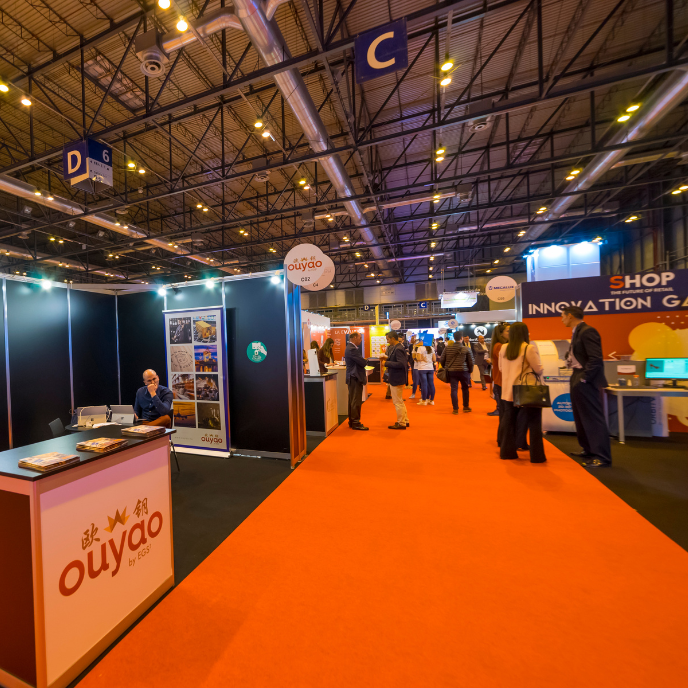Capture the senses for an unforgettable print experience that sells
How many times have you heard the expression, you never get a second chance to make a first impression? I know. It sounds cliché, but it’s true. When you see something that captures your attention, you’re more likely to engage with it, remember it, hang onto it… and even pay for it!
As print professionals, we take a lot for granted. We have access to some of the finest examples of paper and substrates. We appreciate the subtle nuances of colour and know how to make it pop. We create intricate folded works of art that leave many people wondering “how did they do that”? And we do it all with Print.
Yet when it comes to showing off our capabilities, many printers fall short. How can printers expect to convince their customers to invest in print, if they’re not prepared to invest in it themselves?
The other day I received a package of print samples. Not from my local printer, but directly from the digital press manufacturer. Inside that box was a cornucopia of touch-worthy textures and finishes that immediately captured my attention… to the point that I stopped what I was doing to take a moment and embrace the “unboxing” experience.
According to YouTube, in 2015 videos featuring amateur (and semi-pro) unboxings of anything from running shoes to dog toys were viewed more than 1.1 billion times.
60 million hours were spent watching other people open things.
As crazy as it sounds, millions of people have shown that they’re more than willing to invest five minutes or more watching someone unpack a box. In fact, 62% of people who view unboxing videos do so when researching a particular product.
In the article: Plot a course for sales success with a message that matters to millennials I explain how the changes reflected in today’s consumer buying habits are now impacting the way businesses research and purchase equipment, technology and print.
Which begs the question: if someone is willing to spend 10 or 20 minutes talking about a product and/or its package and, more importantly, if millions are willing to watch it, why aren’t printers capitalizing on this trend to benefit not only their own business, but that of their customers?
Printers need to provide experiences that are worthy of the unboxing experience. They need to inspire, excite and engage!
Studies have shown that haptic (touch) memory is the type of memory that has the strongest impact on the human brain. Adding textures and finishes like embossing, debossing, raised ink, foil, glitter and other enhancements engages customers to do more than just see the print. It entices them to experience a truly unique sensory experience that screams out: “Touch me!”
By engaging the sense of touch, you create a memorable and long-lasting customer experience that sells.
In Beyond CMYK: The Use of Special Effects in Digital Printing, KeyPoint Intelligence projects the digital print enhancement market to be over a billion dollars by the year 2020, with buyers willing to pay between 24% and 89% more for digitally-enhanced print over traditional CMYK-only work.
Digital press manufacturers like Scodix and MGI are making it easier than ever for printers to grow their business and expand into new markets by tapping into the science of touch. They enable the industry to blend craftsmanship, intelligent design and compelling storytelling to create print that inspires and excites all audiences.
Most importantly, these wonderful, digitally-created finishes can now be produced affordably, which leads to a quicker ROI and profitability. Being digital, they can deliver the personalized experience expected by today’s buying audience, without the costly dies or make-readies. And they can be produced on a variety of substrates in addition to paper.
The options are endless. From business cards to invitations, direct mail, greeting cards, books… and boxes, the money-making power of print enhancements is hard to ignore.
It’s time for printers, marketers and designers to take advantage of what’s happening today in the marketplace. Pay attention to what tomorrow’s buying audience is saying, expecting and willing to pay for in an experience.
Between the unboxing phenomenon, the exploding profit-making opportunities of digital enhancements, and the shift in buyer behaviour, printers who embrace this new landscape will capture the attention –and wallet share – of their customers.
Portions of this article appeared in Graphic Arts Magazine.




